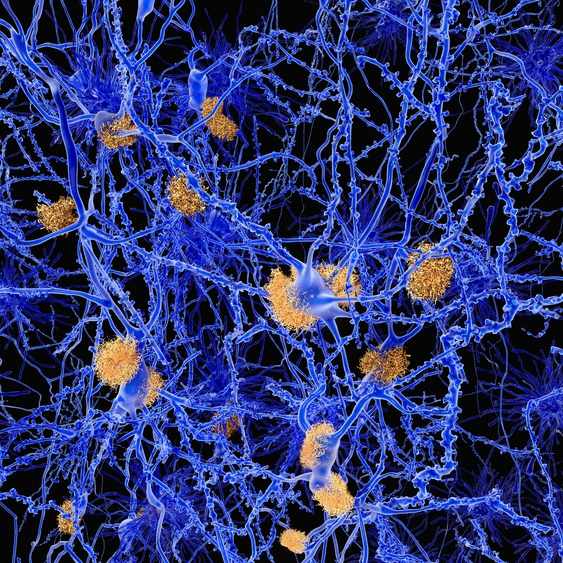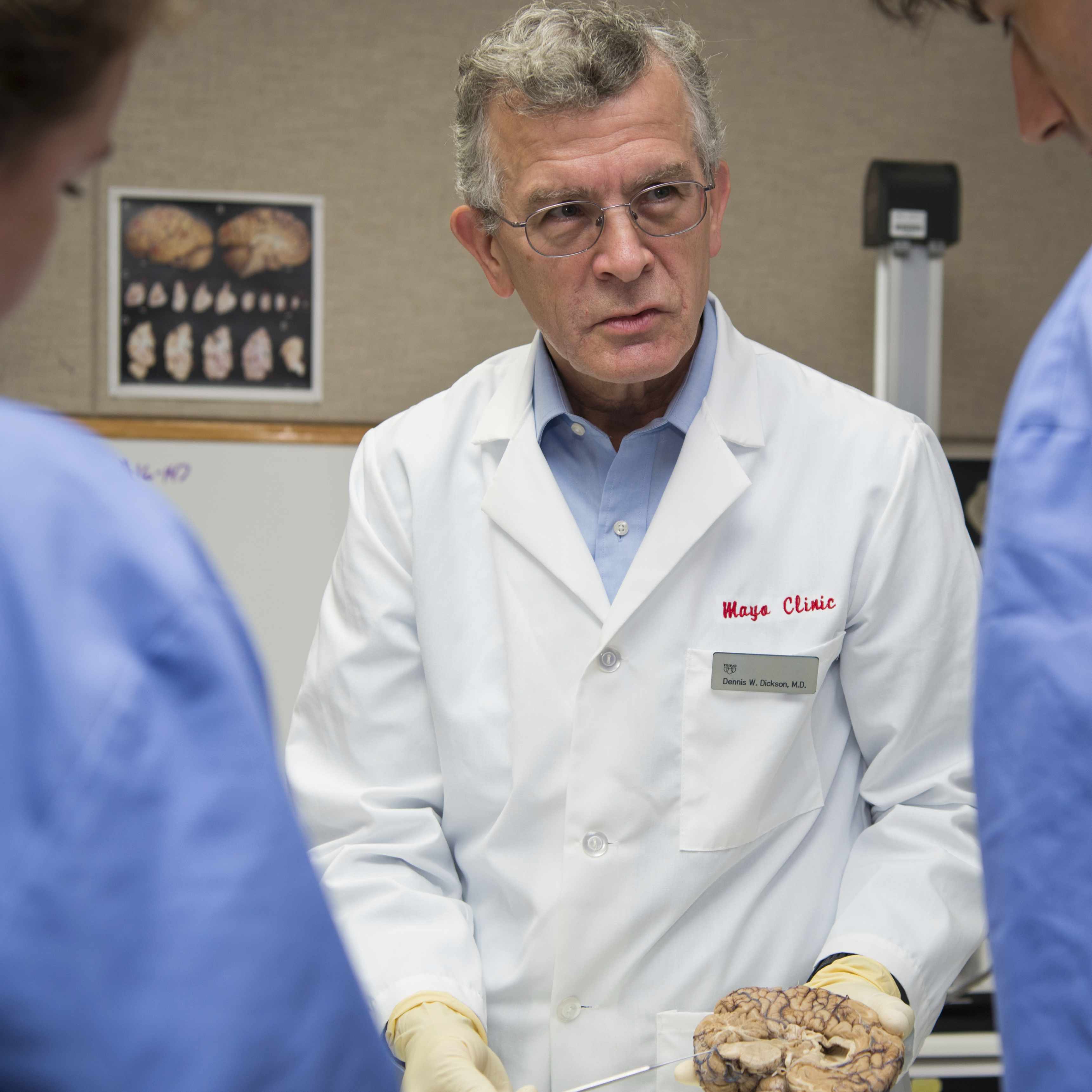Florida

January 13, 2025
Experts make recommendations for federal funding of research projects over the next 10 years Alzheimer's disease affects nearly seven million Americans over the age of[...]

October 17, 2016

October 11, 2016

October 4, 2016

September 30, 2016

September 21, 2016

September 7, 2016
Explore more topics
 Sign up
Sign up

Mayo Clinic Connect
An online patient support community






